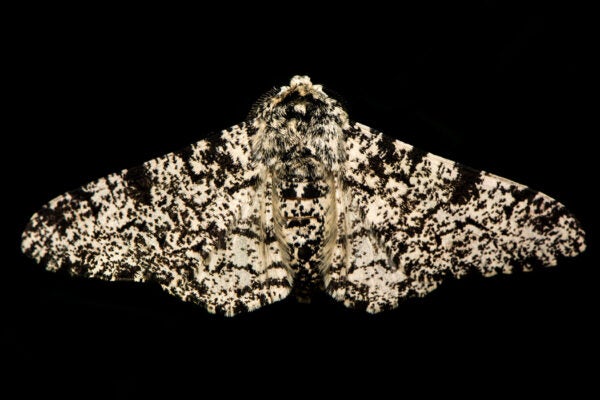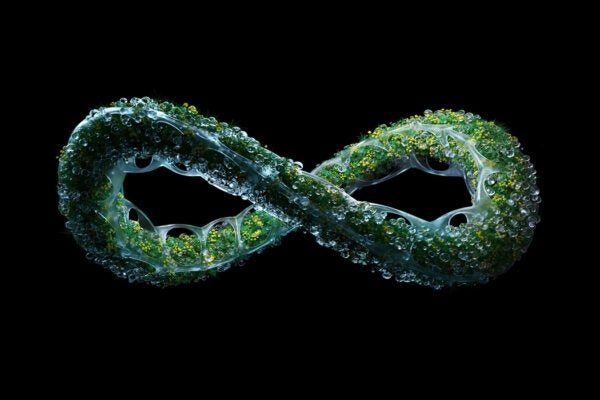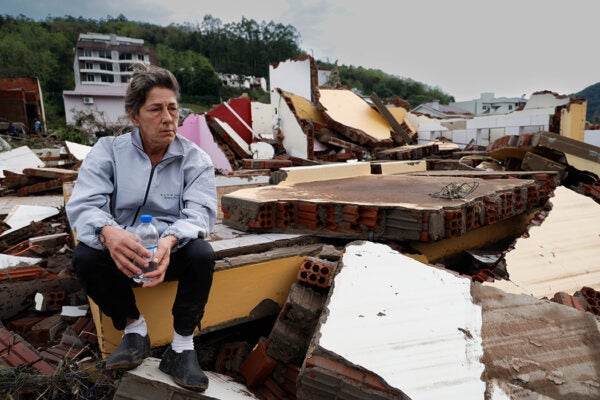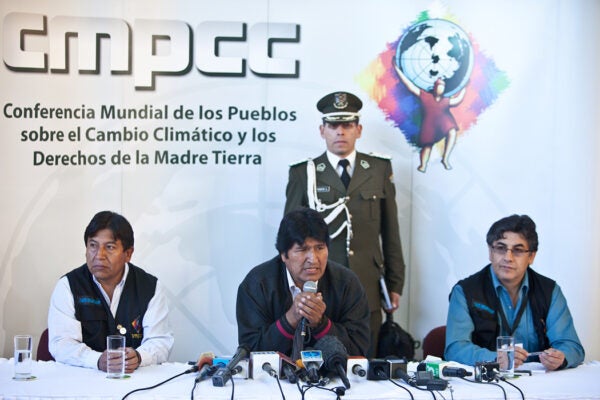What Is Greenwashing?
The disreputable and deceitful approach many companies have taken to demonstrate decarbonization remains a persistent, global challenge.
Humans As Drivers of Evolution
“Anthropogenic,” meaning of human causes, is generally used to refer to climate change. But it also covers the powerful evolutionary force that is humanity.
Know This About Net Zero
The term "net zero" remains ill-defined among the public. So what is it? Why is it necessary, and how does it fall short of solving all our climate woes?
The Shifting Sands of Hurricane Resilience
Sand dunes act as shock absorbers during hurricanes, both when the storms hit and while reestablishing roots (literally) in the aftermath.
Cyanea Pohaku: The Plant Discovered Right Before Extinction
Cyanea pohaku, the extinction of which can be traced to human interventions in the environment, was gone before we had a chance to really study it.
When Did Americans Start Using Fossil Fuel?
The nineteenth-century establishment of mid-Atlantic coal mines and canals gave America its first taste of abundant fossil fuel energy.
What’s A World Without Climate Justice?
The climate crisis has weaponized emergency for the sake of action, overlooking the injustices inflicted on vulnerable communities for centuries.
The Price of Plenty: Should Food Be Cheap?
The supermarket revolution made food more affordable and accessible than ever. But do the hidden costs of food feed into our illusions of justice and progress?
EV Cars: Can We Electrify Our Way Out of the Climate Crisis?
The transition to personal electric vehicles in the United States is a cornerstone of the plan to decarbonize transportation. But will it work?
Cochabamba People’s Agreement: Annotated
In April 2010, representatives from 140 countries gathered in Bolivia to outline an explicitly anti-capitalist, decolonial agenda for the sake of the planet.









